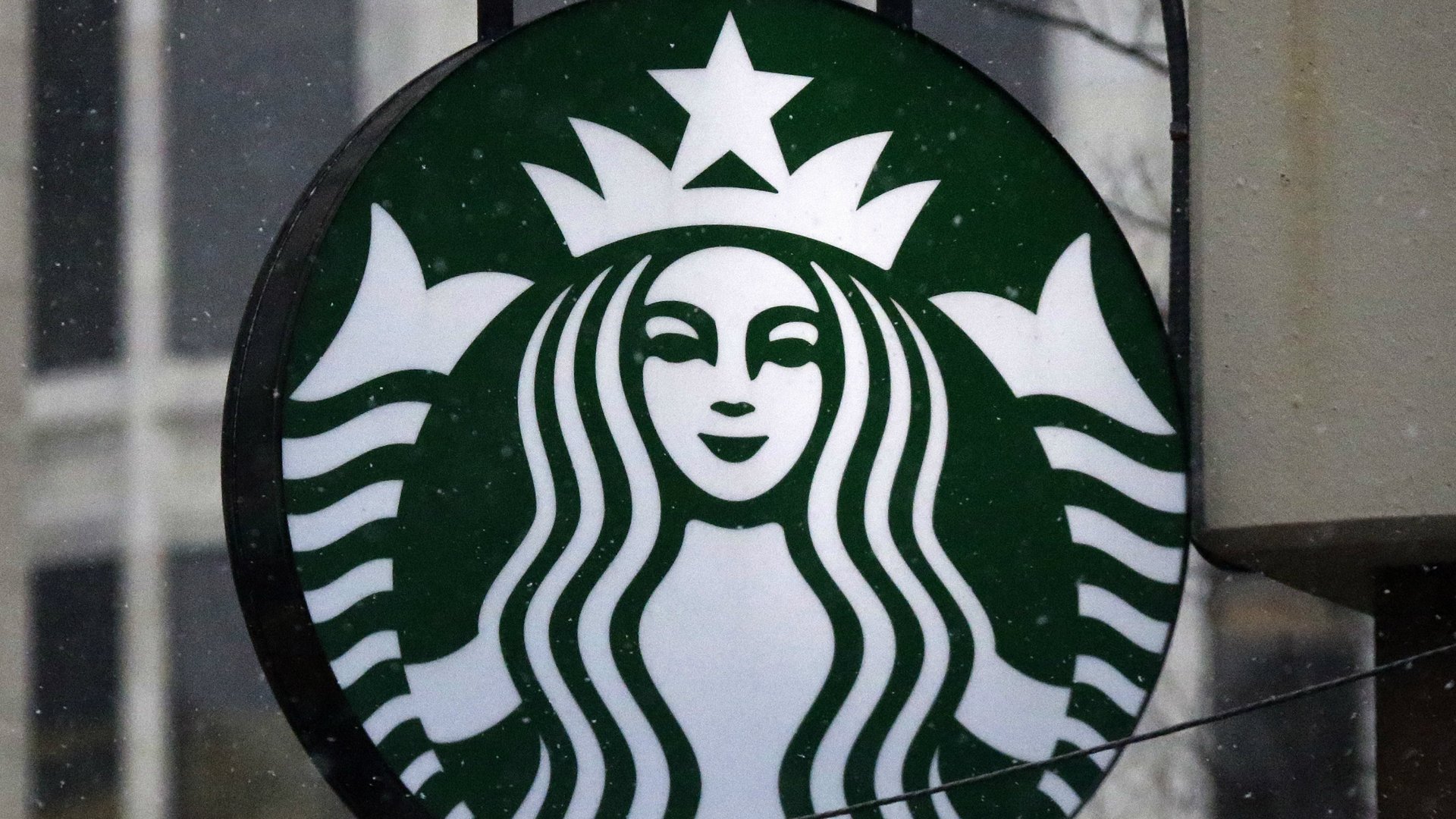Starbucks is at war with Silicon Valley—and it’s being fought through mobile payment apps
The world’s leading coffee chain has a message for Silicon Valley’s biggest, most threatening companies: It isn’t about to be disrupted anytime soon.


The world’s leading coffee chain has a message for Silicon Valley’s biggest, most threatening companies: It isn’t about to be disrupted anytime soon.
“While digital companies may win in other sectors, we will be the digital company that wins in ours,” the company’s chief strategy officer, Matthew Ryan, recently told investors.
As executives at Starbucks eye Amazon’s plunge into groceries and meal kits, they are forging full-bore into an effort to recast the Seattle-based coffee chain as a digital leader in the fast-food space and embracing new digital tools, including mobile ordering, to change how it operates on the ground. As Ryan explained, that has included adding “digital order managers” to the employee ranks at 1,000 of the chain’s busiest stores. The tools are even enabling baristas to “recognize customers that deserve differentiated treatment,” such as for birthdays and also for regular customers who show up at different locations.
In its latest quarterly earnings statement, customers placed 9% of its total sales in advance using the Starbucks mobile app. It leaves a lot of room to grow, but the number is impressive when compared with how mobile technology is being used across the wider market. Overall, 30% of Starbucks transactions in the last quarter were paid using a mobile phone.
Meanwhile, in stores that offer Apple Pay, only 5.5% of iPhone users chose the option, according to Barron’s (paywall). That’s an indication that, at least in this case, Silicon Valley has something it could learn by looking beyond its bubble.
Of course, the move to digital hasn’t been entirely smooth for any fast-food restaurant, including Starbucks. As more people have started using their phones to order and pay, it has created a second, invisible line at places that offer the service. When chains such as Starbucks and Chipotle don’t staff enough extra employees to handle those orders, customers who had expected to cut the line have wound up waiting in the store anyway.
Regardless of early hiccups, the use of mobile ordering is quickly gaining steam. By the end of 2017, McDonald’s says it hopes to roll out the service to 14,000 of its US locations. And the service has been used by Chipotle, Chick-fil-A, and Taco Bell for some time.